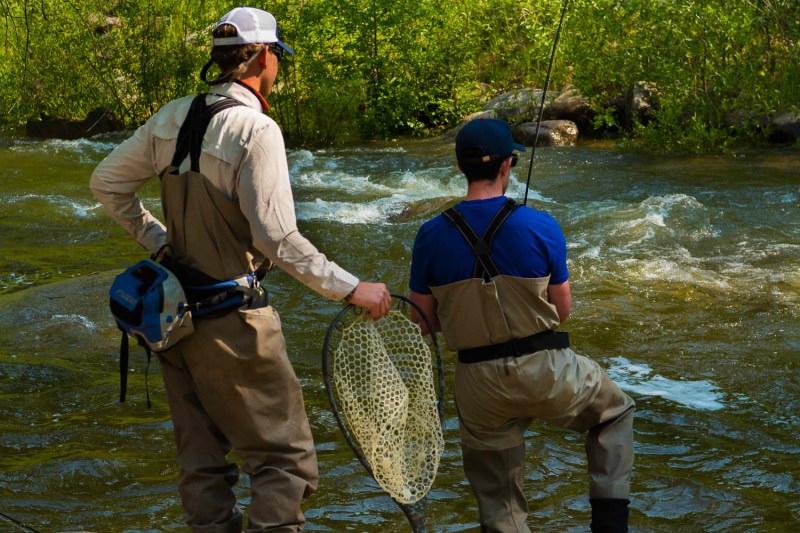You’ve got your vacation time scheduled, gear packed (after carefully taking that perfect instagram shot of your layout), and plane tickets to Colorado booked for your ultimate mountain getaway.
When you’re off on a serious adventure, it’s often a better bet to hire a guide so you can minimize the time you’ll spend navigating a guidebook or smartphone screen in search of the best climbing or fishing spots. A new start up, Hinterlands, is redefining the outdoors guiding industry in a big way.
Hinterlands has partnered with top guiding companies in their launch cities (currently Aspen, Denver, Lake Tahoe, and New York) to curate outdoors experiences off the beaten track. Whether you’re looking for a beginner’s day climbing, learning about avalanche safety, or hitting the lake on a SUP, they’ve already done the legwork on planning and vetting their guides and each trip.

The beauty is in Hinterlands’ community marketplace simplicity. Adventures are organized by type, experience level, length, and location – ensuring you make the most out of your time out on the trail. Their website and iOS app not only aggregates all of their available adventures, but allows you to connect with your specific guide for pre-trip planning (don’t forget a new fly rod for that chance to nail a Rocky Mountain Cutthroat).
You can also see reviews from other adventurers – aiding you in finding that perfect ski tour without having to bribe the local ski bums with a few beers for information. Finally, payment is completely handled by Hinterlands’ platform as well, taking out the guesswork when it comes time to tip your ski or mountain bike guide. We encourage tipping well, as your guide not only kept you alive, but probably also snapped that epic pic of you on the summit, and schlepped that celebratory whiskey to the top.


